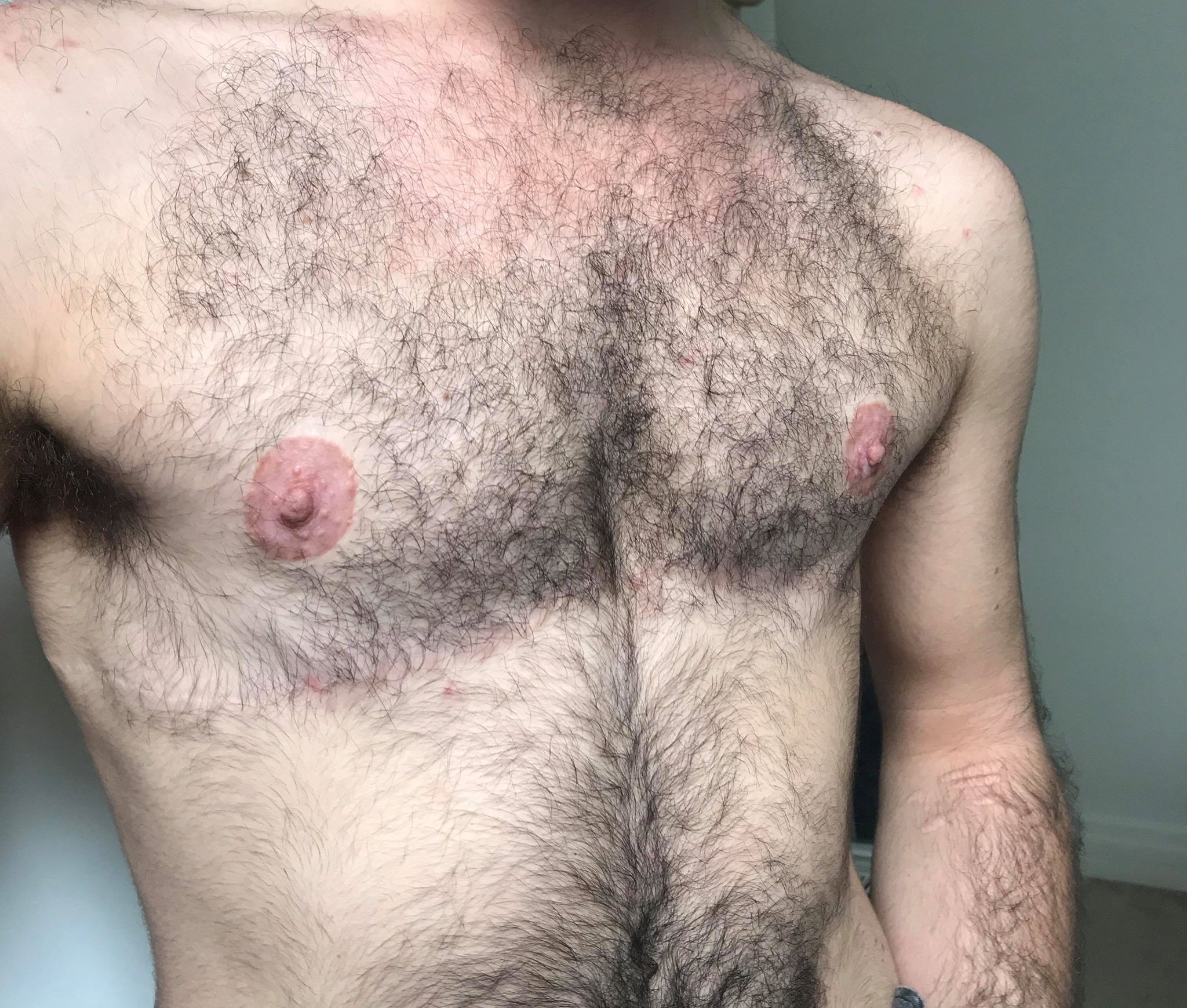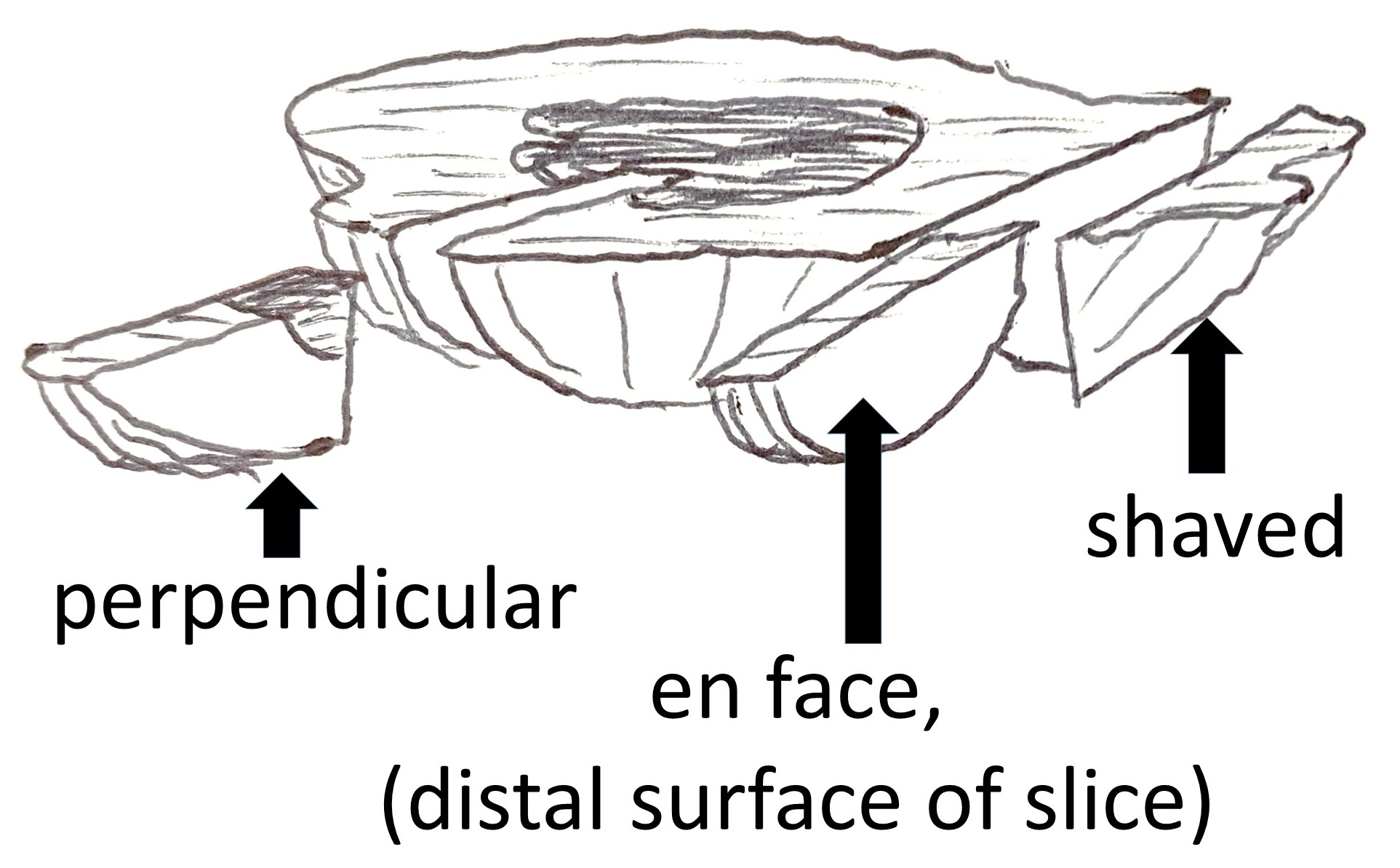|
Mastectomy
Mastectomy is the medical term for the surgical removal of one or both breasts, partially or completely. A mastectomy is usually carried out to treat breast cancer. In some cases, women believed to be at high risk of breast cancer have the operation as a preventive measure. Alternatively, some women can choose to have a wide local excision, also known as a lumpectomy, an operation in which a small volume of breast tissue containing the tumor and a surrounding margin of healthy tissue is removed to conserve the breast. Both mastectomy and lumpectomy are referred to as "local therapies" for breast cancer, targeting the area of the tumor, as opposed to systemic therapies, such as chemotherapy, hormonal therapy, or immunotherapy. The decision to perform a mastectomy is based on various factors, including breast size, the number of lesions, biologic aggressiveness of a breast cancer, the availability of adjuvant radiation, and the willingness of the patient to accept higher rates of ... [...More Info...] [...Related Items...] OR: [Wikipedia] [Google] [Baidu] |
Breast Prostheses
Breast prostheses are breast forms intended to look like breasts. They are often used temporarily or permanently by women after mastectomy or lumpectomy procedures, but may also be used by for aesthetic purposes. There are a number of materials and designs; although, the most common construction is gel ( silicone or water-based) in a plastic film meant to feel similar to a person's skin. Prostheses may be purchased at a surgical supply store, pharmacy, custom lingerie shop, or even through private services that come to a person's home. There are many types of ready made breast prostheses including full or standard prostheses, partial prostheses such a shell prostheses, and stick on prostheses. Customized options are also available from specialty shops, which are moulded to fit an individual's chest by taking an impression of the breast(s). The areola and nipple may be replicated as part of the breast form or as separate nipple prosthesis. Both custom made and off-the shelf breast ... [...More Info...] [...Related Items...] OR: [Wikipedia] [Google] [Baidu] |
Radical Mastectomy
Radical mastectomy is a surgical procedure involving the removal of breast, underlying chest muscle (including pectoralis major and pectoralis minor), and lymph nodes of the axilla as a treatment for breast cancer. Breast cancer is the most common cancer among women today, and is primarily treated by surgery, particularly during the early twentieth century when the mastectomy was developed with success. However, with the advancement of technology and surgical skills, the extent of mastectomies has been reduced. Less invasive mastectomies are employed today in comparison to those in the past. Nowadays, a combination of radiotherapy and breast conserving mastectomy are employed to optimize treatment. Radical mastectomy Halsted and Meyer were the first to achieve successful results with the radical mastectomy, thus ushering in the modern era of surgical treatment for breast cancer. In 1894, William Halsted published his work with radical mastectomy from the 50 cases oper ... [...More Info...] [...Related Items...] OR: [Wikipedia] [Google] [Baidu] |
Breast Cancer
Breast cancer is cancer that develops from breast tissue. Signs of breast cancer may include a lump in the breast, a change in breast shape, dimpling of the skin, milk rejection, fluid coming from the nipple, a newly inverted nipple, or a red or scaly patch of skin. In those with distant spread of the disease, there may be bone pain, swollen lymph nodes, shortness of breath, or yellow skin. Risk factors for developing breast cancer include obesity, a lack of physical exercise, alcoholism, hormone replacement therapy during menopause, ionizing radiation, an early age at first menstruation, having children late in life or not at all, older age, having a prior history of breast cancer, and a family history of breast cancer. About 5–10% of cases are the result of a genetic predisposition inherited from a person's parents, including BRCA1 and BRCA2 among others. Breast cancer most commonly develops in cells from the lining of milk ducts and the lobules that supp ... [...More Info...] [...Related Items...] OR: [Wikipedia] [Google] [Baidu] |
Preventive Mastectomy
A preventive mastectomy or prophylactic mastectomy is an elective operation to remove the breasts so that the risk of breast cancer is reduced. Indications The procedure is a surgical option for individuals who are at high risk for the development of breast cancer. Women who had a bilateral mastectomy in 2013 were about 10 years younger than those who had a unilateral mastectomy. This preventive operation pertains to women with these characteristics: * BRCA1 or BRCA2 mutation carriers; this is the main indication for bilateral prophylactic mastectomy. * Cancer in one breast and a family history of breast cancer. * Family history of breast cancer. The genetic risk can be passed down through the mother’s or father’s side. * Radiation therapy to the chest before the age of 30. * Presence of lobular carcinoma in situ. * Having dense breasts or breasts with diffuse microcalcification, as the screening for breast cancer is made difficult. Discussions and decision should be mad ... [...More Info...] [...Related Items...] OR: [Wikipedia] [Google] [Baidu] |
Breast Reconstruction
Breast reconstruction is the surgical process of rebuilding the shape and look of a breast, most commonly in women who have had surgery to treat breast cancer. It involves using autologous tissue, prosthetic implants, or a combination of both with the goal of reconstructing a natural-looking breast. This process often also includes the rebuilding of the nipple and areola, known as nipple-areola complex (NAC) reconstruction, as one of the final stages. Generally, the aesthetic appearance is acceptable to the woman, but the reconstructed area is commonly completely numb afterwards, which results in loss of sexual function as well as the ability to perceive pain caused by burns and other injuries. Timing Breast reconstruction can be performed either immediately following the mastectomy or as a separate procedure at a later date, known as immediate reconstruction and delayed reconstruction, respectively. The decision of when breast reconstruction will take place is patient-specif ... [...More Info...] [...Related Items...] OR: [Wikipedia] [Google] [Baidu] |
Gynecomastia
Gynecomastia (also spelled gynaecomastia) is the abnormal non-cancerous enlargement of one or both breasts in males due to the growth of breast tissue as a result of a hormone imbalance between estrogens and androgens. Updated by Brent Wisse (10 November 2018) Gynecomastia can cause significant psychological distress or unease. Gynecomastia can be normal in newborn babies due to exposure to estrogen from the mother, in adolescents going through puberty, in older men over age 50, and/or in obese men. Most occurrences of gynecomastia do not require diagnostic tests. Gynecomastia may be caused by abnormal hormone changes, any condition that leads to an increase in the ratio of estrogens/androgens such as liver disease, kidney failure, thyroid disease and some non-breast tumors. Alcohol and some drugs can also cause breast enlargement. Other causes may include Klinefelter syndrome, metabolic dysfunction, or a natural decline in testosterone production. This may occur even i ... [...More Info...] [...Related Items...] OR: [Wikipedia] [Google] [Baidu] |
Breast
The breast is one of two prominences located on the upper ventral region of a primate's torso. Both females and males develop breasts from the same embryological tissues. In females, it serves as the mammary gland, which produces and secretes milk to feed infants. Subcutaneous fat covers and envelops a network of ducts that converge on the nipple, and these tissues give the breast its size and shape. At the ends of the ducts are lobules, or clusters of alveoli, where milk is produced and stored in response to hormonal signals. During pregnancy, the breast responds to a complex interaction of hormones, including estrogens, progesterone, and prolactin, that mediate the completion of its development, namely lobuloalveolar maturation, in preparation of lactation and breastfeeding. Humans are the only animals with permanent breasts. At puberty, estrogens, in conjunction with growth hormone, cause permanent breast growth in female humans. This happens only to ... [...More Info...] [...Related Items...] OR: [Wikipedia] [Google] [Baidu] |
Nipple Prosthesis
Nipple/Areola prostheses (prostheses is the plural of prosthesis) are made of silicone by breast prosthesis manufacturers and anaplastologists for breast cancer survivors who were treated for breast cancer with a mastectomy. Prostheses can be worn weeks after a mastectomy, breast reconstruction, or even nipple reconstruction. As an inexpensive and convenient alternative to surgery, patients may choose to wear them anytime during treatment. Patients who ultimately find nipple prostheses thought that they should be informed of them during the consultation prior to mastectomy (Janes S 2005). Fabrication Nipple prosthetics are made of silicone and are adhered to the skin. There are several different types of prostheses with different benefits and costs. * Mass-produced and “semi-custom” prostheses allow women to choose from a few colors and sizes. The majority of mass-produced prostheses are self-adhering and last three months because the materials are weaker and the adhesion ... [...More Info...] [...Related Items...] OR: [Wikipedia] [Google] [Baidu] |
Subcutis
The subcutaneous tissue (), also called the hypodermis, hypoderm (), subcutis, superficial fascia, is the lowermost layer of the integumentary system in vertebrates. The types of cells found in the layer are fibroblasts, adipose cells, and macrophages. The subcutaneous tissue is derived from the mesoderm, but unlike the dermis, it is not derived from the mesoderm's dermatome region. It consists primarily of loose connective tissue, and contains larger blood vessels and nerves than those found in the dermis. It is a major site of fat storage in the body. In arthropods, a hypodermis can refer to an epidermal layer of cells that secretes the chitinous cuticle. The term also refers to a layer of cells lying immediately below the epidermis of plants. Structure * Fibrous bands anchoring the skin to the deep fascia * Collagen and elastin fibers attaching it to the dermis * Fat is absent from the eyelids, clitoris, penis, much of pinna, and scrotum * Blood vessels on route to t ... [...More Info...] [...Related Items...] OR: [Wikipedia] [Google] [Baidu] |
Gross Examination
Gross processing or "grossing" is the process by which pathology specimens undergo examination with the bare eye to obtain diagnostic information, as well as cutting and tissue sampling in order to prepare material for subsequent microscopic ''examination.'' Responsibility Gross examination of surgical specimens is typically performed by a pathologist, or by a pathologists' assistant working within a pathology practice. Individuals trained in these fields are often able to gather diagnostically critical information in this stage of processing, including the stage and margin status of surgically removed tumors. Steps The initial step in any examination of a clinical specimen is confirmation of the identity of the patient and the anatomical site from which the specimen was obtained. Sufficient clinical data should be communicated by the clinical team to the pathology team in order to guide the appropriate diagnostic examination and interpretation of the specimen - if such i ... [...More Info...] [...Related Items...] OR: [Wikipedia] [Google] [Baidu] |
Mastopexy
Mastopexy (Greek μαστός ''mastos'' "breast" + -pēxiā "affix") is the plastic surgery mammoplasty procedure for raising sagging breasts upon the chest of the woman, by changing and modifying the size, contour, and elevation of the breasts. In a breast-lift surgery to re-establish an aesthetically proportionate bust for the woman, the critical corrective consideration is the tissue viability of the nipple-areola complex (NAC), to ensure the functional sensitivity of the breasts for lactation and breast-feeding. The breast-lift correction of a sagging bust is a surgical operation that cuts and removes excess tissues ( glandular, adipose, skin), overstretched suspensory ligaments, excess skin from the skin-envelope, and transposes the nipple-areola complex higher upon the breast hemisphere. In surgical practice, mastopexy can be performed as a discrete breast-lift procedure, and as a subordinate surgery within a combined mastopexy–breast augmentation procedure. Moreo ... [...More Info...] [...Related Items...] OR: [Wikipedia] [Google] [Baidu] |








